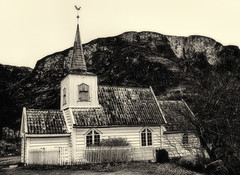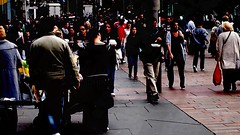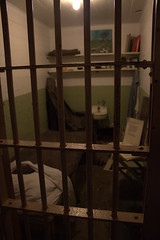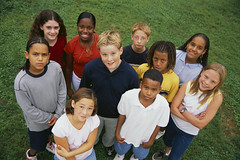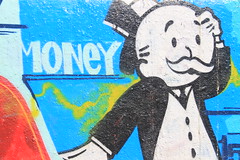One of my co-advisors, Elizabeth Boyle, was recently telling me about using children’s books in the classroom. She shared that she uses The Stinky Cheese Man and Other Fairly Stupid Tales as a tool to teach students about postmodernity. For example, the book illustrates that truth is relative by telling stories from the point of view of atypical characters. It also exposes the grand narratives that structure language and thought that we often take for granted. So, I wanted to pass along that teaching tip. What undergrad wouldn’t enjoy reading a children’s book for an assignment?
Here is a link to an article that discusses the book’s connection to postmodernity: http://www2.unca.edu/postscript/postscript21/ps21.5.pdf
And, here are the slides that Elizabeth uses in the classroom.


